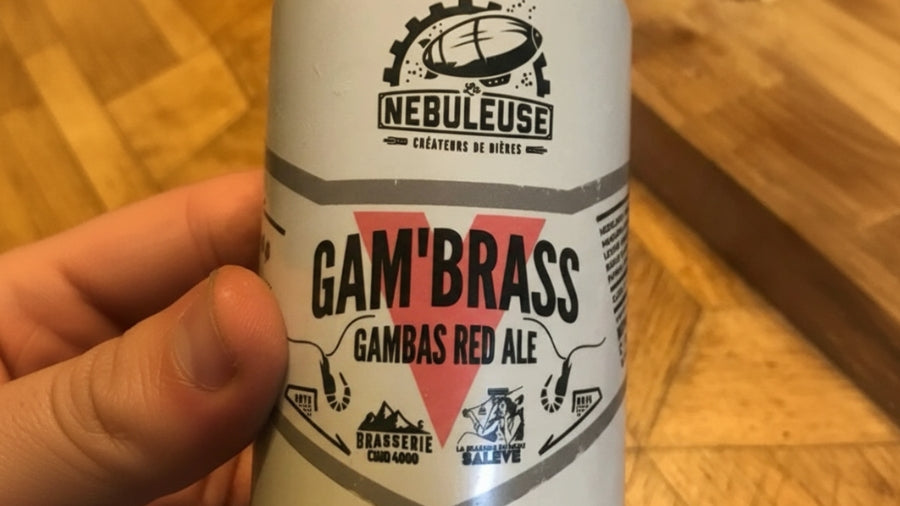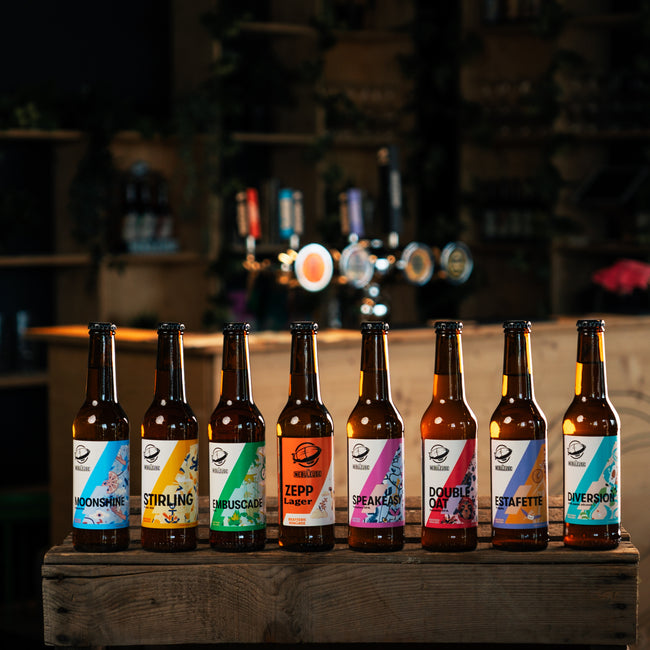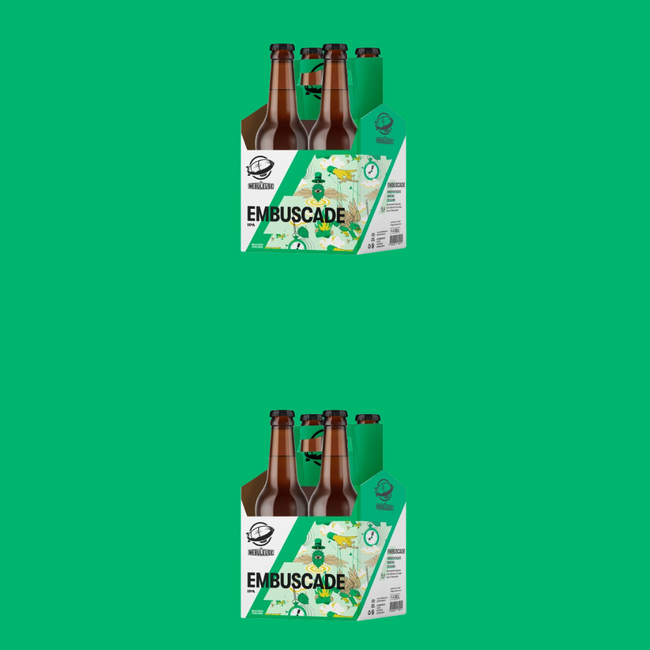Experimental craft beers and unconventional ingredients

"Beer is water, malt, hops, and yeast." That's what you've always been told. What if the answer was "not only that"? Welcome to the fourth dimension of brewing, where definitions waver and your palate is never quite sure what to expect. A world where a brewer might suddenly decide to infuse chili peppers into a double IPA or age an imperial stout in a cognac barrel. Madness or genius? Probably both.
Experimental beers represent the vanguard of a craft movement that refuses to rest on its laurels. They are to conventional beers what jazz fusion is to classical music: A respectful deconstruction followed by a bold reinvention. So, brace your taste buds and let's dive together into this world where the unusual becomes delicious.
When experimentation renews an ancient art
Adding "foreign" ingredients to beer is nothing new. Our ancestors were brewing with herbs, spices, and fruits long before hops became the star ingredient. But what has changed is the creative intent and complete freedom with which contemporary brewers approach these explorations. This experimental approach contrasts with other contemporary trends like the craft lager revival , which reinterprets classics with artisanal precision.
What we now call "specialty beers" is a catch-all category for creations that defy traditional classifications. According to the Beer Judge Certification Program (BJCP), these are beers that incorporate unconventional ingredients, unusual fermentation techniques, or push classic styles beyond their recognized boundaries.
These beers have become a favorite playground for brewers looking to prove themselves. Today, a beer artisan is no longer just a technician mastering centuries-old processes—he has become a creator, almost a master of malt and hops, seeking signature and originality.
La Nébuleuse's Double Trouble perfectly embodies this creative audacity. This Double IPA doesn't just explore the aromatic and bittering dimensions of hops with its notes of mango, papaya, and passion fruit. It crosses an unexpected boundary by incorporating Ghost Pepper, one of the most powerful chilies in the world. A perilous balance that could have turned disastrous, but which turns out to be a fascinating taste experience where fire paradoxically combines with freshness.
In the secret kitchen of brewing alchemists
The modern brewer's creative arsenal has expanded considerably. Beyond the four traditional ingredients, the entire world is now invited into the vats.
Exotic fruits have become almost mainstream – mango, passion fruit, yuzu, or calamansi bring tropical or tangy notes that blend wonderfully with certain hop profiles. Spices open up even more complex horizons – cardamom, Timut pepper, tonka beans, or hibiscus flowers create entirely new taste experiences.
The techniques themselves are evolving. Mixed fermentations with various strains of yeast and bacteria, cold dry-hopping, refermentations with fresh fruit, the use of rare or forgotten grains... Each process becomes an opportunity for innovation.
One of the most fascinating areas remains barrel aging. Once reserved for Belgian lambics and gueuzes, this technique is now applied to all styles. From massive stouts slumbering in former bourbon barrels to delicate saisons soaking up the tannins of a red wine barrel, each container brings its own aromatic imprint and complexity.
The Tropic Like It's Hot represents another experimental approach, all the more interesting for being a collaborative effort. This passion fruit IPA demonstrates how an unconventional ingredient can be brought to the forefront to create a refreshing tropical blast without compromising the overall balance. A stylistic exercise that proves experimentation can remain perfectly accessible.
The big challenge, of course, remains balance . Because innovation for innovation's sake isn't enough—the result has to be delicious, not just different. A lesson some overenthusiastic brewers sometimes learn the hard way. This question of balance is especially crucial when it comes to managing bitterness, an often misunderstood aspect of craft beers.
How to navigate these uncharted taste waters
Faced with these creations that defy the usual categories, how can you adjust your tasting? First tip: Leave your prejudices at the door. These beers demand an open, almost meditative approach. Whether it's a light session IPA or a complex imperial stout, each experimental style deserves an unprejudiced approach.
Serving temperature becomes crucial—generally cooler than for conventional styles, to allow the full aromatic complexity to express itself. The choice of glass is also crucial—favor shapes that concentrate the aromas, such as tulip glasses or chalices.
Take the time to observe the evolution on the palate. These beers often reveal themselves in successive waves, revealing different facets as they warm up. What seemed unbalanced on the first sip can prove fascinating on the third.
Beer and food pairings are becoming a particularly exciting playground. Spicy beers can balance creamy dishes, tangy versions pair wonderfully with oily fish, and creations with notes of wood and vanilla are the perfect accompaniment to chocolate desserts.
The lasting legacy of the ephemeral
Experimental beers, often produced in limited editions, play an essential role in the craft ecosystem. They are the laboratories where innovations are developed that, once tested and refined, will enrich the permanent ranges of tomorrow.
They also help educate palates, gradually broadening the spectrum of flavors consumers are willing to explore. What seemed radical ten years ago (a passion fruit IPA, for example) can become a recognized and appreciated style today.
But perhaps their most profound impact is cultural. These creations embody the very spirit of the craft movement: independent thinking, boundless creativity, respect for tradition coupled with joyful irreverence. They remind us that beer is not a static product, but a living art in constant evolution, as our comprehensive overview of styles and their evolution explains in more detail.
The invitation to adventure
The world of experimental beers can seem daunting, with its technical terms and unexpected flavors. But remember that behind every creation lies an intention, a story, a sincere exploration.
These beers are invitations to travel more than products to be passively consumed. Each bottle invites you to join the brewer in his creative laboratory, to understand his approach and share his vision – even if sometimes that vision includes chili peppers or wild fermentations that defy understanding.
So the next time you come across a beer with a cryptic description mentioning ingredients you never knew would make it into a vat, don't raise your eyebrows. Smile instead—and prepare for an experience that might just redefine what you thought you knew about beer.
After all, the best discoveries always start with a "why not?"









